News
Researchers develop automation method to isolate volatile food ingredients
25 Aug 2022
A research team in Germany has applied automation to a long-standing method to isolate volatile food compounds, creating advantages over the existing manual process, which include food manufacturers’ potential to increase yields and lower the contamination risk of non-volatile substances.
A study into volatile food ingredients has identified an improved method for isolating food compounds from their non-volatile counterparts using automation. The research team from Leibniz Institute for Food Systems Biology at the Technical University of Munich (LSB) in Germany first established a manual method to isolate volatile food ingredients 20 years ago.
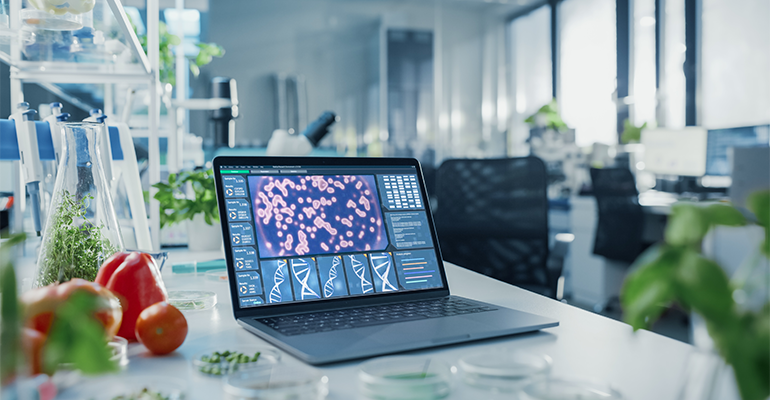
“We saw some drawbacks of the initial manual approach and decided to automatise it accordingly,” says Dr Martin Steinhaus, head of section sensory systems chemistry, Leibniz Institute for Food Systems Biology.
While it is not a method intended for preparative isolation of food volatiles to be used as food ingredients,“it is important in research for targeted optimisation of sensory food properties,” Steinhaus explains.
Isolating volatility creates sensory benefits
Consumer uptake and demand largely depend on sensory food properties. “Odourants are key contributors to the sensory properties and much more important than tastants, for example,” says Steinhaus. Odourants are volatiles. However, only a minor part of the volatiles contributes to aroma.
To find the crucial odour-active volatiles, gas chromatography-olfactometry (GC-O) is the key technique. In GC-O, the volatiles are separated by gas chromatography. The nose of an assessor acts as a detector. Like all gas chromatographic techniques, GC-O requires the removal of all non-volatiles before analysis.
If artefact formation has to be avoided, the process is “far from being trivial”. “Artefact avoidance is an absolute must in odourant analysis because even tiny traces of highly odour-active artefacts can completely falsify the result of a GC-O analysis,” Steinhaus adds.
GC-O data is the basis for identifying the key players responsible for the food’s aroma. “Once these key players are known, their quantitation along the food value chain identifies crucial processing steps and can thus be used to optimise the sensory food properties,” says Steinhaus.
Finding a sensory solution
Unisolated ingredients have a sensory impact on finished food and beverage products. “If the key odourants do not result in an appealing mixture, consumers do not buy the food,” Steinhaus says.
According to Steinhaus, the research team’s findings offer ingredient manufacturers and the wider food manufacturing space a way to overcome the sensory properties of a product using targeted molecular alternatives and offer a solution when empirical approaches are not possible.
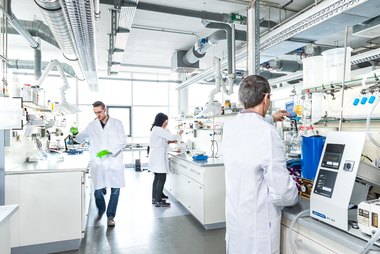
Drawbacks of manual isolation
The researchers used the manual solvent-assisted flavour evaporation (SAFE) application for two decades. SAFE brought together the main elements of the earlier discovery of high vacuum transfer (HVT) equipment, which separated volatile and non-volatile food extracts by using low boiling solvents and replaced the multiple units with a single glass device.
After using the SAFE application in their laboratory for 20 years, the researchers saw challenges and opportunities for optimisation. Firstly, the researchers sought to overcome the high level of manual operation involved in the SAFE method.
Yields were also a drawback with the manual SAFE method, the researchers say in their study. While 100% yields were possible with volatiles with a low boiling point, these decreased in compounds with higher boiling points and when lipids were present.
Large portion sizes were also an obstacle to using the SAFE process. As well as having the potential to lower the yield, the researchers state that after a particular limit, these sizes result in non-volatiles transferring to the volatile isolate.
The science beyond applying automation
In establishing its improved method for isolating ingredients, the researchers extracted non-polar volatiles using a solvent. Tiny portions of this extract are then introduced into a high vacuum. The solvent evaporates and drives the food volatiles through the middle part of the apparatus to a cold trap where the volatiles are then recondensed.
The non-volatiles remain in the evaporation flask and the middle part of the apparatus, which is specially designed to capture non-volatile droplets. The approach avoids heat, which is mainly responsible for artefact formation.
The research team replaced the existing manual valve operation on the dropping funnel with an electronically controlled pneumatic valve. To fully automate the existing SAFE equipment, the researchers added an automatic liquid nitrogen refill system, endpoint detection and shutdown system.
Core findings from the research indicate that the new approach results in representative volatile isolates suitable for odourant screening by GC-O. “It is superior in terms of yield and avoidance of non-volatile transfer to previous techniques,” says Steinhaus.
By using an automatic valve, the researchers state they found increased yields, especially for lipid-rich food extracts and for odourants with comparatively high boiling points as well as the elimination of operator errors, which can impact the contamination of volatile isolates with non-volatile substances. The automated SAFE method has replaced the manual variant in its laboratories.
Related news
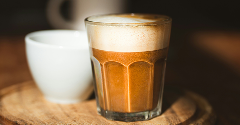
Oat Barista: Innovation for game-changing beverages
20 Nov 2025
Oat Barista is a clean label, sustainable, and innovative drink base specifically designed to create the perfect foam in one single ingredient.
Read more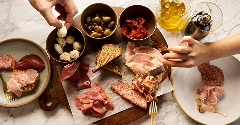
Nitrites: Pressure grows on UK to follow EU’s lead
20 Nov 2025
Pressure is growing on the UK to follow the EU’s lead after the bloc revised its regulations on the permitted levels of nitrites and nitrates in cured meats.
Read more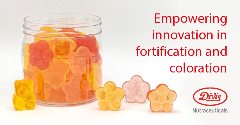
Empowering innovation in fortification and colouration
13 Nov 2025
Divi’s Nutraceuticals offers a large portfolio of innovative, high-quality ingredients for foods, beverages, and supplements, with bespoke solutions and expert support for product success.
Read more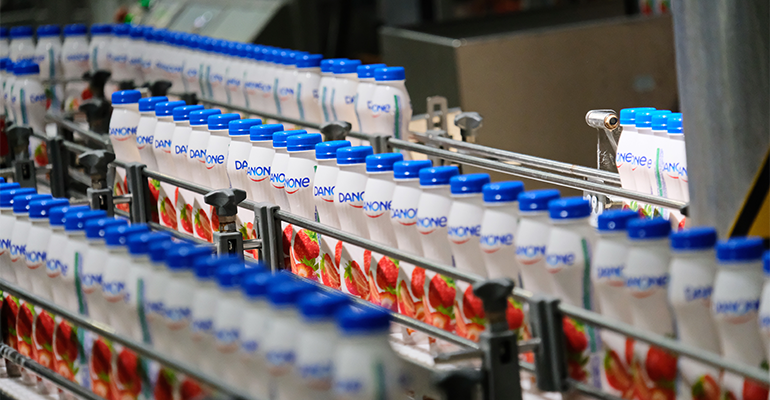
Danone highlights digestive health as potential ‘tipping point’ for food industry
13 Nov 2025
Danone is betting on a food industry “tipping point” that will bloat the market for healthy products, particularly those related to gut health.
Read more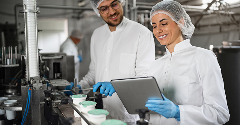
Standing Ovation and Bel scale up casein production from dairy co-products
11 Nov 2025
Foodtech company Standing Ovation has partnered with cheese specialist Bel Group to manufacture dairy serums for industrial-scale casein production via precision fermentation.
Read more
AI attraction means foodtech startups must ‘prove’ rather than ‘promise’
4 Nov 2025
Reports suggest that artificial intelligence (AI) is sucking investment from foodtech and agritech, but investors say the picture is complicated.
Read more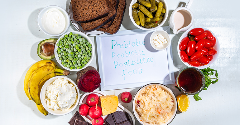
Will postbiotics become the go-to functional ingredient?
3 Nov 2025
Postbiotics show significant promise for the functional foods market due to their safety profile and beneficial bioactive properties, research suggests.
Read more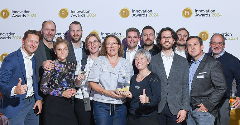
Meet the finalists of the Fi Europe Innovation Awards 2025
31 Oct 2025
Who made it to the shortlist of the Fi Europe Innovation Awards 2025? Read about the 23 companies making food and drink products healthier and manufacturing processes more efficient.
Read more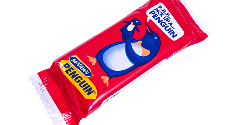
Penguin and Club bars no longer classed as chocolate
30 Oct 2025
Penguin and Club bars can no longer be classified as chocolate after the pladis-owned McVitie’s brands turned to cheaper alternatives amid the ongoing cocoa crisis.
Read more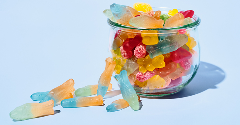
Shorter drying time, sweeter success!
30 Oct 2025
Curious about cost-effective, sustainable and delicious candy making? Stefan Wessel reveals how Avebe’s solutions reduce drying time and energy use by up to 50%.
Read more